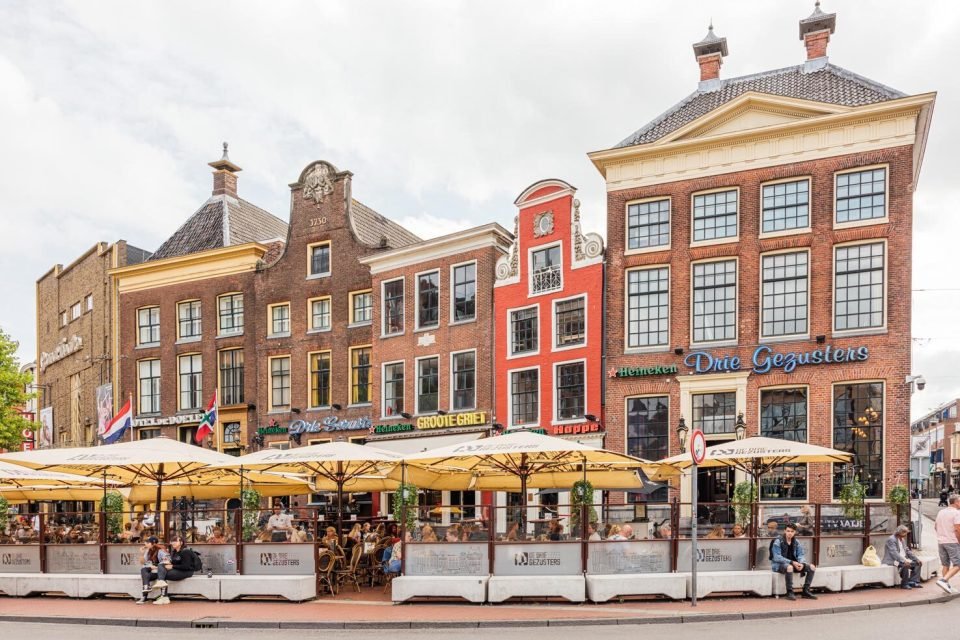Negociants: Strengthening Ultra-Premium Wine Brands Through Exclusivity in the Route to Market
“Success with Bordeaux Negociants hinges on establishing trust and securing exclusivity deals. Building ultra-premium brands requires close relationships and offering unique value to stand out in this high-stakes market.”
USA: Navigating the High-Cost Margins of the Three-Tier System in Premium Wine Distribution
“The US wine market is dominated by a costly three-tier distribution system. Premium wine success depends on navigating this structure and managing high margin expectations while building relationships with distributors.”
Switzerland: Differentiating Premium Wines Across Specialized Stores and Supermarkets
“Switzerland presents a stark contrast between premium wines in specialty stores and cheaper alternatives in supermarkets. Success involves tailoring offerings to both segments, ensuring quality for premium customers.”
UK: Balancing Private Label Pressures and Premium Wine Distribution in a Complex Route to Market
“The power of UK supermarket chains drives demand for private labels, making premium wine branding difficult. Wineries must meet high standards and audits while competing at aggressive price points.”
Canada: Overcoming Regulatory Challenges to Boost Premium Wine Market Penetration
“Canada’s liquor/wine outlets operate under a quasi-monopolistic, highly regulated system. Building premium distribution here is expensive, requiring significant A&P spending and navigation through competitive tender systems.”
Japan: Tackling Low Prices and Competitive Markets to Strengthen Premium Wine Distribution Channels
“Japan’s wine market is ultra-competitive, with low prices dominated by large Chilean wineries. Building premium brands requires a focus on the On Premise channel and specialty stores to overcome the challenge of brewers and beverage conglomerates.”
China: E-Commerce and Market Shifts in the Route to Market for Premium Wines
“China’s wine market has seen a rapid decrease, with fierce competition from global producers. Success lies in leveraging e-commerce platforms and creating tailored strategies for this evolving landscape.”
Transforming Route to Market with the “Sales Force Effectiveness” Program
“Implementing the Sales Force Effectiveness program enhances sales team performance by aligning activities with key market opportunities. Success is measured through improved sales execution and targeted sales approaches.”
“Mastering Negotiation Strategies with Multinational Retailers in FMCG”
“Negotiating with multinational FMCG retailers requires understanding their operational dynamics and power structures. Success hinges on leveraging strategic insights to secure favorable terms in a competitive retail environment.”
“Elevating Sales Teams with Global Sales & Distribution Training”
“Sales and distribution training programs equip teams to navigate complex global markets. Success depends on developing the skills needed for strategic selling and relationship building with key distributors.”
Uruguay: Route to Market Transformation in the Soft Drinks industry
“In Uruguay, expanding distribution networks through third-party distributors helped reach over 15,000 indirect customers. Penetrating the supermarket channel was key to growing market share in soft drinks and beer.”
“Shifting to a Customer-centric Route to Market strategy”
“Transforming Chile’s route to market strategies involved implementing KPIs and optimizing distribution. Shifting from traditional product-based methods to customer-focused solutions has been key to increasing market penetration.”
Winning Against Market Dominance: Anti-Trust Strategies for Growth
“Competing against dominant market players requires leveraging anti-trust strategies to create growth opportunities. Success is achieved through strategic positioning and regulatory navigation to build a competitive edge.”













